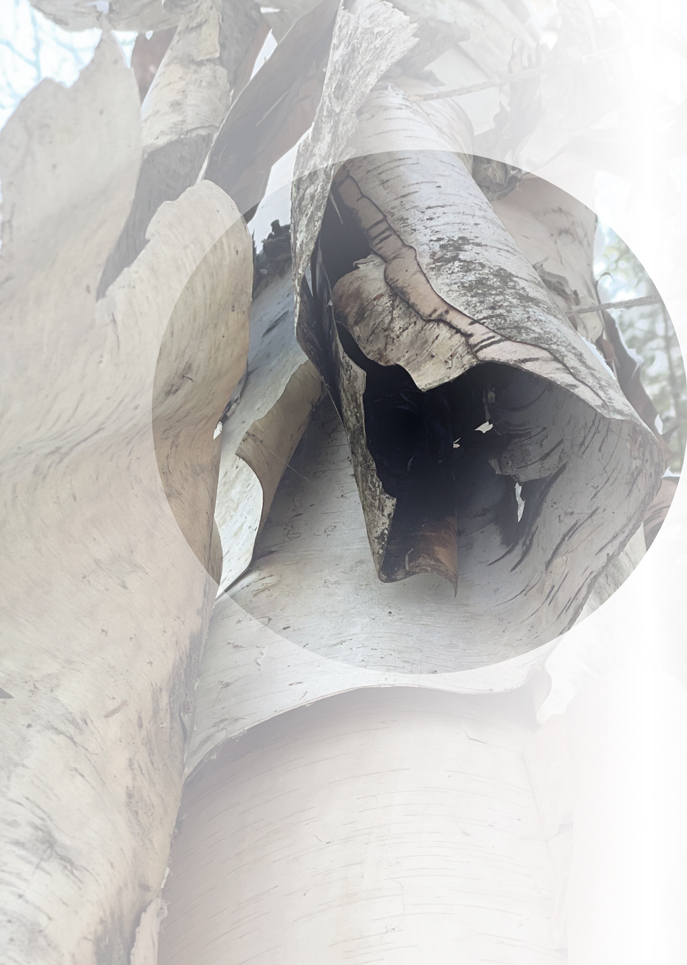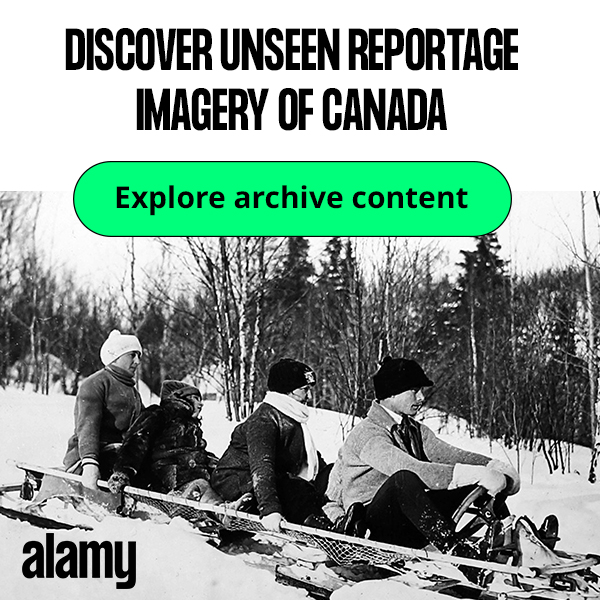
Reconciliation Update, Spring 2021
Barbara Filion
I’m pleased to provide you with an update on the CMA’s Reconciliation Project. As you know, we are working with the Reconciliation Council and other collaborators to develop recommendations and a toolkit to support museums in addressing reconciliation. Given that this issue of the magazine focuses on the environment, it’s an opportunity to share some information and examples of the intrinsic link between these two themes.
It is an exciting time for the Reconciliation Program as we begin the outreach and engagement process. This began by first informing key Indigenous organizations that we were beginning this process and inviting them to partake. The next step involves reaching out to specific Indigenous museums, cultural centres and heritage sites and inviting them to collaborate by hosting listening circles. The framework for the listening circles is flexible, allowing different Nations and communities to apply their own protocols and practices to the process at hand. To date, two pilot listening circles have been held, in collaboration with Membertou Heritage Park, Nova Scotia and the Haida Gwaii Museum in British Columbia. The goal is to engage with Indigenous cultural heritage experts, including elders, knowledge keepers, curators, and educators, across all five regions of Canada and listen to how they think museums can answer the call to reconciliation. The outcomes and teachings generated by these listening circles will help shape the final report and recommendations and help identify what types of materials and tools museums will need to support reconciliation work.
As part of the outreach and engagement strategy, I am also reaching out to museums of all scales and scopes that are actively involved in reconciliation work to collaborate in hosting roundtables with their staff and Indigenous partners. The aspirations of the roundtables are to examine the variety of ways museums are addressing reconciliation and United Nations Declaration on the Rights of Indigenous Peoples (UNDRIP), what aspects of their efforts are successful and why, where the challenges lie, and what kind of support is needed to further the work that museums are doing. If your institution is engaged in reconciliation work, please do not hesitate to reach out and tell me about the work you are doing.
I’m inspired by the theme of this issue, environmental sustainability, since it allows me to address an aspect that is not often at the forethought of reconciliation initiatives and yet is core to addressing key themes found in many UNDRIP articles relating to museums — that of Indigenous peoples’ rights to cultural self-determination, safeguarding cultural heritage, and passing knowledge and practices on to future generations. While there is no universally accepted definition for the term Indigenous cultural heritage, the concept does include both tangible and intangible heritages, such as songs, baskets, sacred teachings, ceremonies, watercrafts, foodways and much more. The roots of all Indigenous cultural heritages is the land — including the waterways, the plant and animal beings, the cosmos — and so the health of the land is inextricably tied to the health of Indigenous cultural heritages and the health of Indigenous peoples is linked to the vigor of Indigenous ways of doing and knowing.
Take for example communities of birch trees in Eastern Canada, some of which are showing signs of sickness. If fewer and fewer birch trees survive, what will happen to the art of birchbark bitings, canoes, baskets, syrup, and medicines? How will the stories, ceremonies, and teachings tied to the trees survive and maintain their significance? I recognize that Indigenous cultural heritages are living, evolving and adapting, but they usually do so in accordance with nature’s time scale. Today, however, humans are altering nature’s time scale and in doing so, impacting the health of Indigenous cultural heritage and peoples in the process.
A further way in which museums can address both UNDRIP and socio-environmental responsibilities is to work with Indigenous partners to raise awareness and elevate Indigenous rights and responsibilities by esteeming Indigenous worldviews and cultural heritages. There are many successful examples of Indigenous sustainability models and practices that are currently in use and offer solutions to environmental issues, such as the renewable energy project at Kiashke Zaaging Anishinaabek in northwestern Ontario, to name one. The list of examples is long and growing, with Indigenous communities tackling environmental issues ranging from sustainable agricultural practices to protection and support for biological diversity. By providing opportunities for Indigenous peoples to share ways of seeing and doing, drawing attention to invaluable teachings and approaches that can address environmental issues we all face, museums can feature alternative lenses through which to view the environment and our roles and responsibilities within it.
For instance, there is a belief in many Indigenous Nations that objects are living, that they contain a life force. Some Nations believe that livingfacts (artifacts in Western vocabulary) have a spirit and as such, must be cared for in culturally specific and special ways. Megan Innes, member of the Sḵwxw̱ú7mesh Nation, coined the term: “This is how I refer to belongings as they are still very much alive and often related to us and our ancestors. To me livingfacts are family members. They hold knowledge and memory; they are part of the life force.” Even if this is not be part of your cultural framework, consider the impact different ways of seeing has on your thinking. Seeking to understand different worldviews enriches our imagination and creativity, essential elements in helping find solutions to complex environmental issues.
Another way to address environmental sustainability and UNDRIP is to look at materials used in the preservation of belongings1 (collections). The reasons for examining how belongings are cared for and specifically what substances are used for preservation is first and foremost out of respect for the beliefs of Indigenous Nations. It is important to work with Indigenous people who are culturally affiliated with certain belongings to determine a conjoint regiment of care that respects Indigenous beliefs and practices. Although not all Indigenous people and Nations necessarily hold the view that all belongings are sentient or are imbued with spirit, many do object to toxic substances being used on sacred or culturally sensitive materials or on any other belonging. Imagine if you hold the belief that a sacred livingfact has a life-force and that it is sprayed with toxic chemicals on a routine basis. It is clear to see how such a practice would be seen as hurtful and lacking respect for Indigenous worldviews. Eliminating toxic substances from preservation regimens also has added health benefits for museum staff and beyond.
One of the key stipulations of UNDRIP is the respect of Indigenous peoples’ unique and diverse cultural heritages, recognizing how these knowledges and ways of doing have contributed and continue to contribute to the health and resiliency of the earth and in turn, the betterment of humanity’s common future.
As Minister Steven Guilbeault said during Massey College’s climate action series, Massey is Missing COP26 on January 14, 2021, “Indigenous Peoples have been climate activists for thousands of years. We have much to learn from them.” I invite you to think about this core tenet as you move forward on your reconciliation journey.
Developing a deeper understanding of the relationship between UNDRIP and the environment will help museums address reconciliation from a panoptic approach while making positive contributions to environmental issues at the same time. While not the whole focus of the recommendations and tools, it is an important element you can expect to see included in the report and toolkit that we are producing as part of this program. I look forward to engaging with many of you as the recommendations and toolkit start to take form and will continue to share progress and next steps. M
Barbara Filion is the Reconciliation Program Director at the Canadian Museums Association
Note:
1. Musqueam peoples first began utilizing the term in this context.
